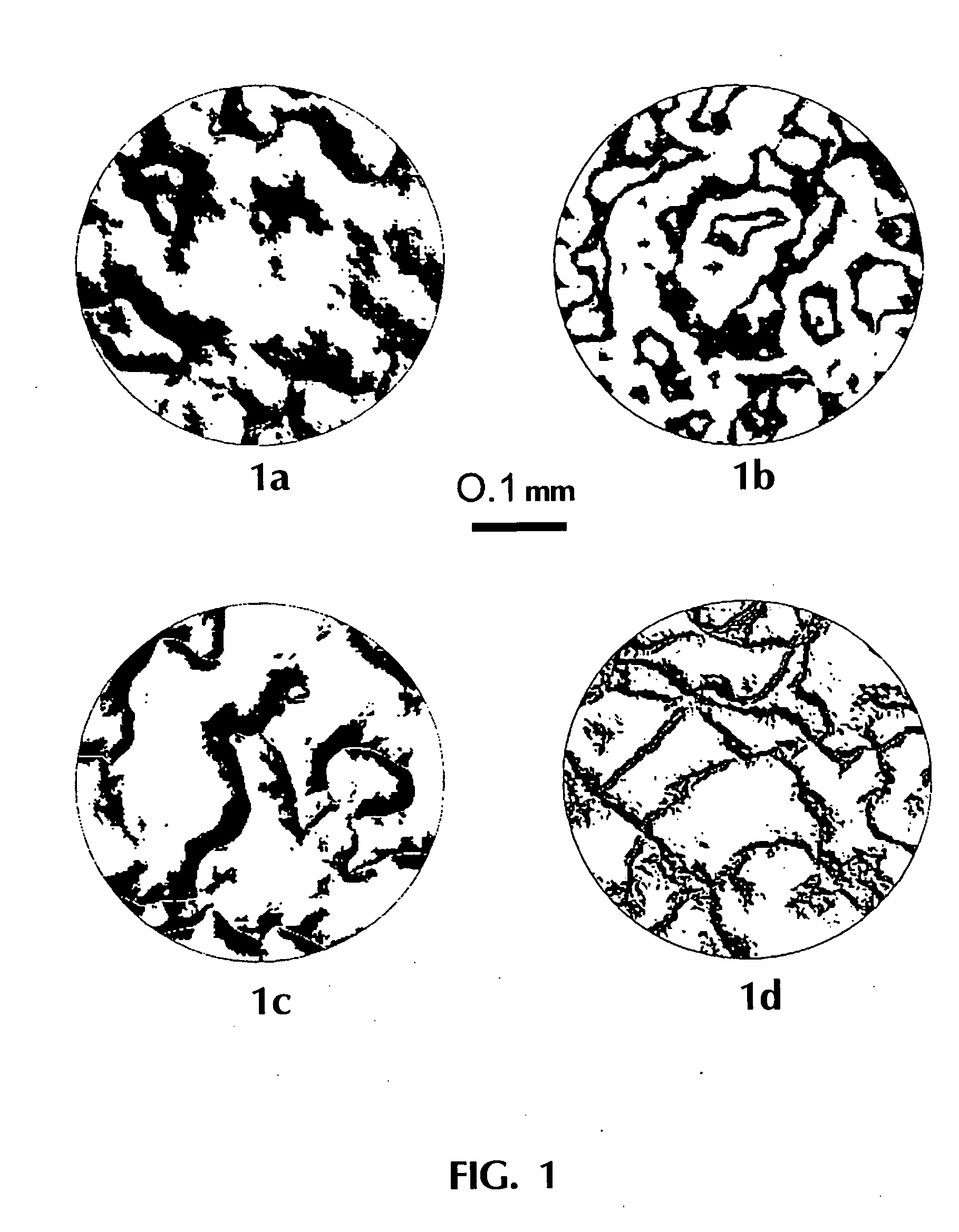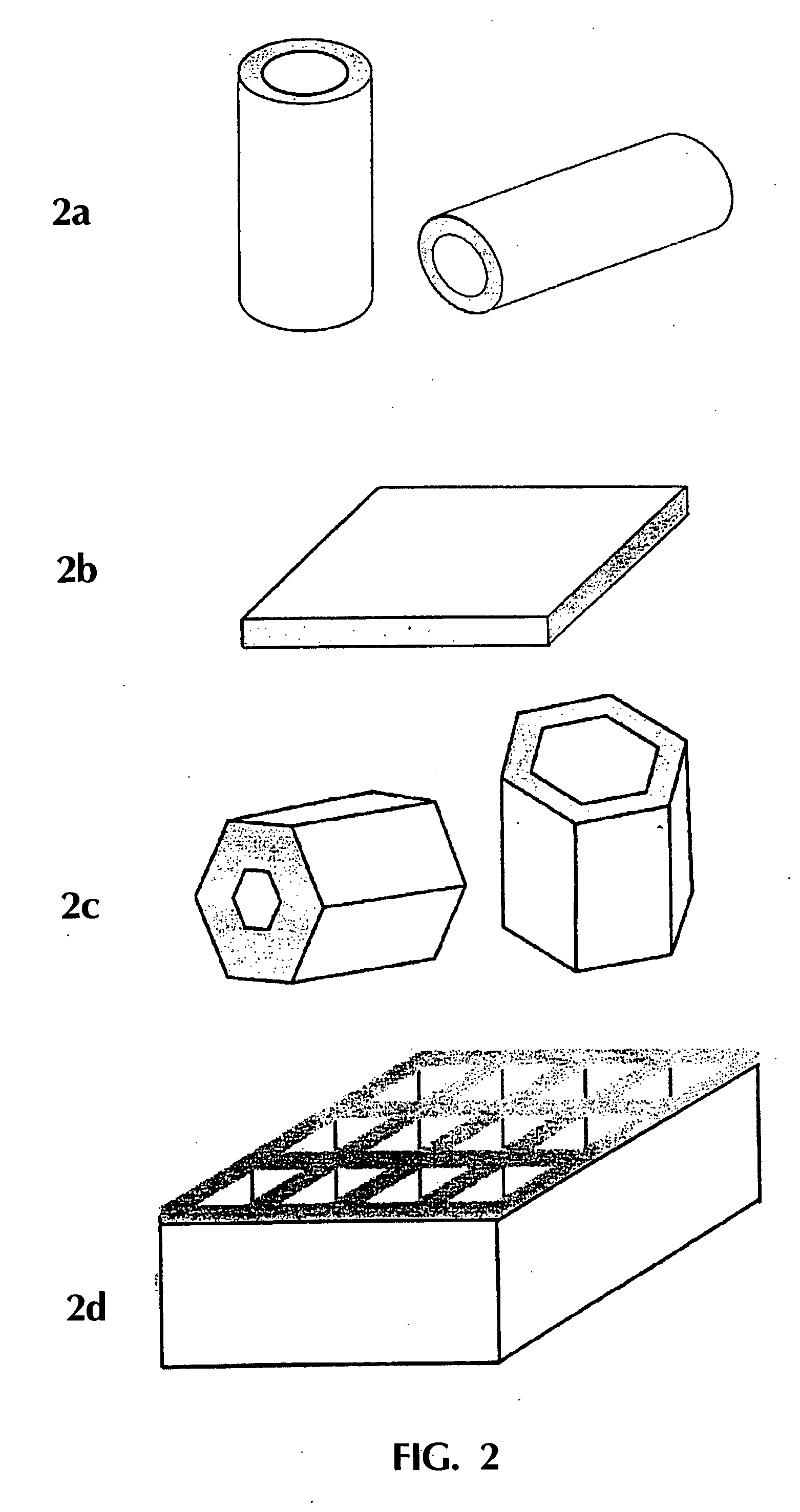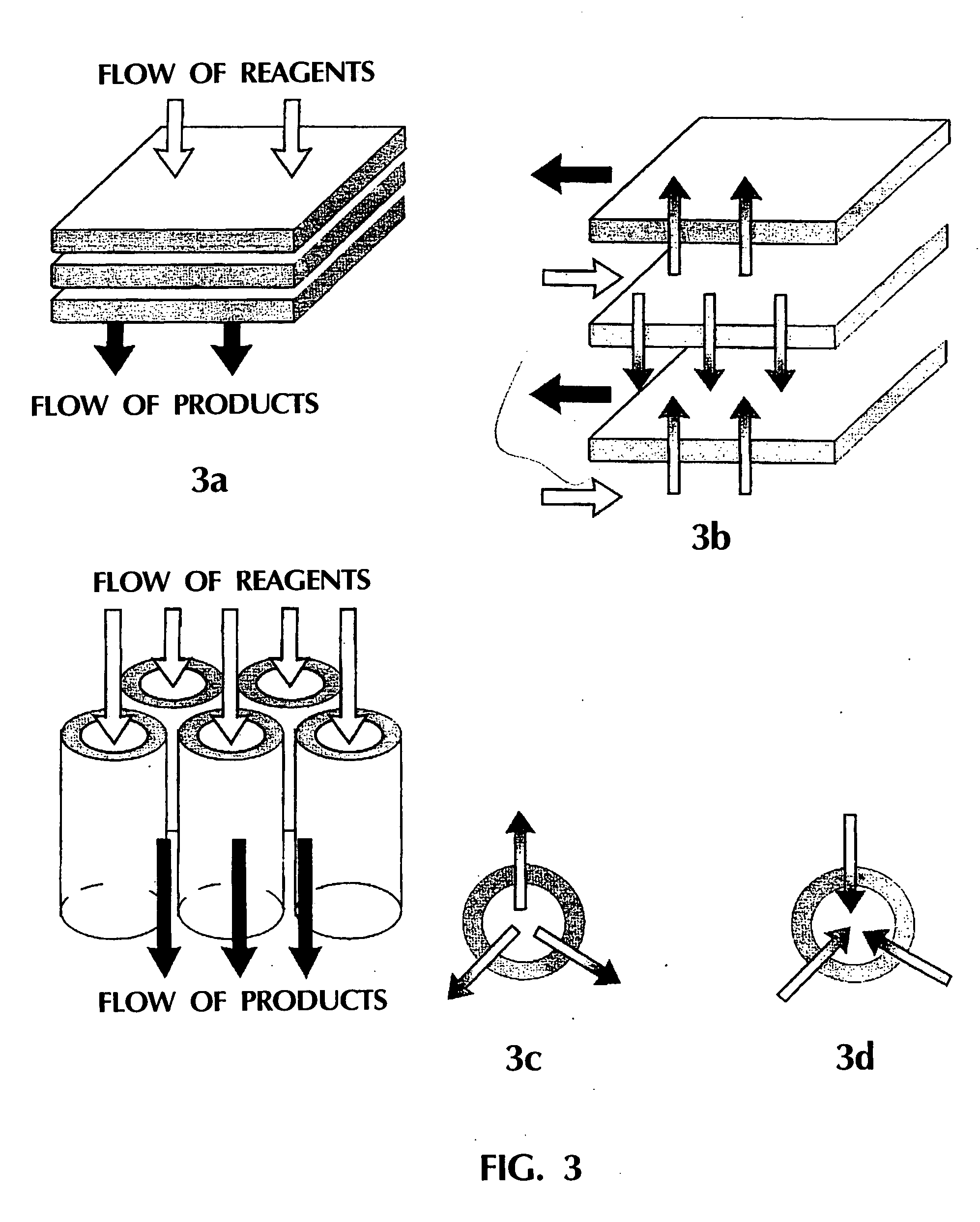Catalyst and method for producing hydrocarbons and the oxygen-containing derivatives thereof obtained from syngas
a technology of hydrocarbons and derivatives, which is applied in the direction of hydrocarbon preparation, oxygen-containing compound preparation, liquid hydrocarbon mixture production, etc., can solve the problems of increasing the overall dimension of industrial apparatus, lowering the reactor productivity, and increasing the reaction rate, so as to reduce the probability of laminar flow zones being formed, improve the catalyst volume, and improve the effect of mass transpor
- Summary
- Abstract
- Description
- Claims
- Application Information
AI Technical Summary
Benefits of technology
Problems solved by technology
Method used
Image
Examples
example 2
The process of catalytic conversion of synthesis gas into hydrocarbons is carried out by passing a gas flow containing 20 vol. % of carbon monoxide, 40 vol. % of hydrogen, 6 vol. % of nitrogen and saturated vapors of n-tetradecane (34 vol. %) through one concentrated permeable catalyst body at T=210° C. The body is a 5.2 mm thick disk having a circular section of 16 in diameter and contains 0.9 g / cm3 of an assembly of phases comprising a phase of metallic nickel fixed on a phase of magnesium silicate. The content of the metallic nickel phase in said assembly of phases is 22 wt. %. The dependence of pressure drop on the body on the gas flow passing therethrough at the process temperature (210° C.) is described by the equation P(atm)=9·104 V(m3 / s), this corresponding to the mean permeability K=3.6·10−14 m2. Investigations of the porous structure of the concentrated permeable catalyst body have shown that the volume of catalyst pores is 48% of the geometrical volume of the body, 96% o...
example 4
The process for catalytic conversion of synthesis gas into hydrocarbons is carried out by passing a gas flow containing 20 vol. % of carbon monoxide, 40 vol. % of hydrogen, 6 vol. % of nitrogen and saturated vapors of n-tetradecane (34 vol. %) through one concentrated permeable catalyst body at T=210° C. The body is a 6.2 mm thick disk having a circular section of 15 in diameter and contains 1.0 g / cm3 of an assembly of phases identical with the catalyst used in Example 3, i.e., comprising a phase of anionically modified cobalt aluminate. The content of the metallic cobalt phase in said assembly of phases is 28 wt. %. For the provision of high thermal conductivity, the concentrated permeable catalyst also contains in its composition a phase of crystalline copper. The thermal conductivity of the concentrated permeable catalyst body is determined experimentally to be about 5 W / m / K. The dependence of pressure drop on the body on the gas flow passing therethrough at the process temperat...
example 5
The process is carried out as in Example 4, but the porous structure of the catalyst body in the absence of gas flow (before the commencement of tests) is filled with liquid, namely with n-tetradecane. The catalyst body is a 4.6 mm thick disk having a circular section of 15 mm in diameter. The concentrated permeable catalyst contains 0.8 g / cm3 of a assembly of phases identical with the catalyst used in Example 3, that is, comprising a phase of metallic cobalt, fixed on the phase of anionically modified cobalt aluminate. The content of the metallic cobalt phase in the mentioned assembly is 28 wt. %. For providing high thermal conductivity, the concentrated permeable catalyst also contains in its composition a phase of metallic copper. The thermal conductivity of the concentrated permeable catalyst body is experimentally determined to be about 5 W / m / K. Investigations of the porous structure of the concentrated permeable catalyst body have shown that the volume of catalyst pores is 58...
PUM
| Property | Measurement | Unit |
|---|---|---|
| size | aaaaa | aaaaa |
| physicochemical properties | aaaaa | aaaaa |
| dispersity | aaaaa | aaaaa |
Abstract
Description
Claims
Application Information
 Login to View More
Login to View More - R&D
- Intellectual Property
- Life Sciences
- Materials
- Tech Scout
- Unparalleled Data Quality
- Higher Quality Content
- 60% Fewer Hallucinations
Browse by: Latest US Patents, China's latest patents, Technical Efficacy Thesaurus, Application Domain, Technology Topic, Popular Technical Reports.
© 2025 PatSnap. All rights reserved.Legal|Privacy policy|Modern Slavery Act Transparency Statement|Sitemap|About US| Contact US: help@patsnap.com



